Chapter: 9th Science : Heat
Transfer of Heat
Transfer
of Heat
Heat does not stay where
we put it. Hot things get colder and cold things get hotter.
Heat is transferred from
one place to another till their temperatures become equal. Heat transfer takes
place when heat energy flows from the object of higher temperature to an object
with lower temperature. It is shown in Fig. 1.2.
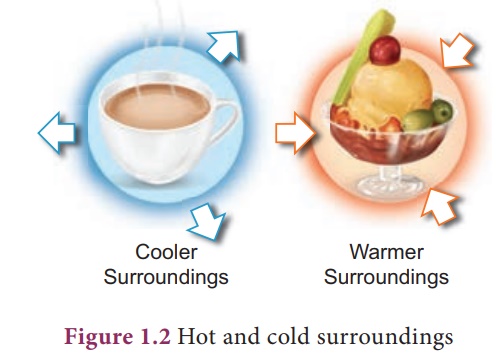
Heat transfer takes
place in three ways:
i. Conduction,
ii. Convection,
iii. Radiation
1. Conduction
In solids, molecules are
closely arranged so that they cannot move freely. When one end of the solid is
heated, molecules at that end absorb heat energy and vibrate fast at their own
positions. These molecules in turn collide with the neighboring molecules and
make them vibrate faster and so energy is transferred. This process continues
till all the molecules receive the heat energy.
The process of
transfer of heat in solids from a region of higher temperature to a region of
lower temperature without the actual movement of molecules is called
conduction.
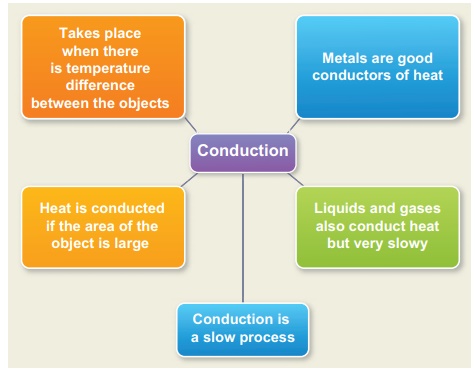
Conduction in daily life
·
Metals are good conductors of heat. So, aluminium is used for
making utensils to cook food quickly.
·
Mercury is used in thermometers because it is a good conductor of
heat.
·
We wear woolen clothes is winter to keep ourselves warm. Air,
which is a bad conductor, does not allow our body heat to escape.
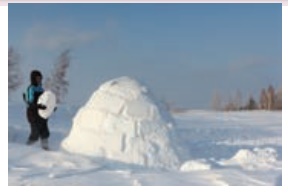
2. Convection
In the above activity,
water molecules at the bottom of the beaker receive heat energy and move upward
and replace the molecules at the top. Same thing happens in air also. When air
is heated the air molecules gain heat energy allowing them to move
further apart. Warm air is less dense than cold air and will rise. Cooler air
moves down to replace the air that has risen. It heats up, rises and is again
replaced by cooler air, creating a circular flow.
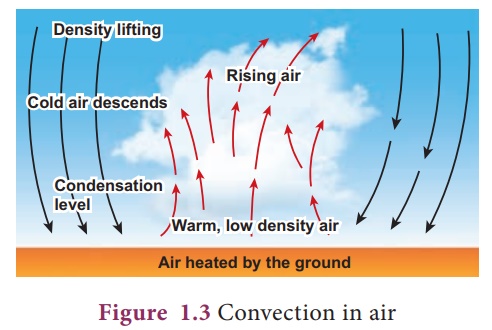
Convection is the flow
of heat through a fluid from places of higher temperature to places of lower
temperature by movement of the fluid itself.
Convection in daily life
Hot air balloons
Air molecules at the
bottom of the balloon get heated by a heat source and rise. As the warm air
rises, cold air is pushed downward and it is also heated. When the hot air is
trapped inside the balloon, it rises.
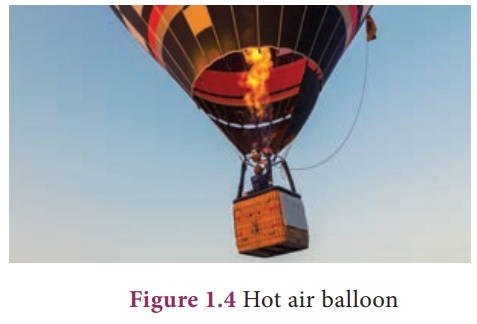
Breezes
During day time, the air
in contact with the land becomes hot and rises. Now the cool air over the
surface of the sea replaces it. It is called sea breeze. During night time, air
above the sea is warmer. As the warmer air over the surface of the sea rises,
cooler air above the land moves towards the sea. It is called land breeze.
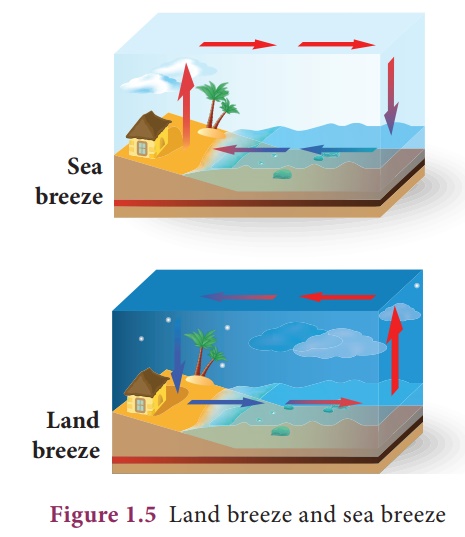
Winds
Air flows from area of
high pressure to area of low pressure. The warm air molecules over hot surface
rise and create low pressure. So, cooler air with high pressure flows towards
low pressure area. This causes wind flow.
Chimneys
Tall chimneys are kept
in kitchen and industrial furnaces. As the hot gases and smoke are lighter,
they rise up in the atmosphere.
3. Radiation
Radiation is a method of
heat transfer that does not require particles to carry the heat energy. In this
method, heat is transferred in the form of waves from hot objects in all
direction. Radiation can occur even in vacuum whereas conduction and convection
need matter to be present. Radiation consists of electromagnetic waves
travelling at the speed of light. Thus, radiation is the flow of heat from one place to
another by means of electromagnetic waves.
Transfer of heat energy
from the sun reaches us in the form of radiation. Radiation is emitted by all
bodies above 0 K. Some objects absorb radiation and some other objects reflect
them. This can be shown using the demonstration set up shown in Fig 1.6. In
this figure the inside surface of one plate is shiny and of the other is dull black.
Coins are stuck on the outside of each plate with candle wax. If the heater is
midway between the plates they each receive the same amount of radiation. After
few minutes the wax on the black plate melts and the coin falls off. The shiny
plate stays cool and the wax on it is un-melted.
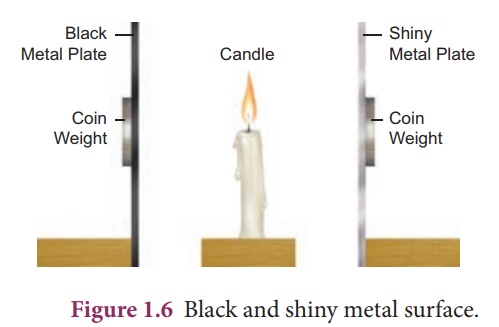
Radiation in daily life
1.
White or light colored cloths are good reflectors of heat. They
keep us cool during summer.
2.
Base of cooking utensils is blackened because black surface absorb
more heat from the surrounding.
3.
Surface of airplane is highly polished because it helps to reflect
most of the heat radiation from the sun.
Related Topics